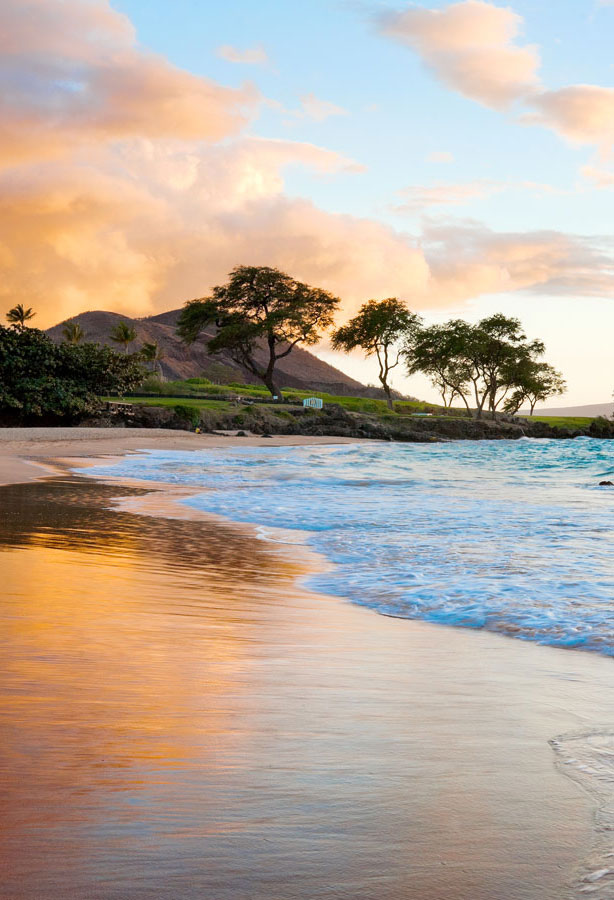Hawaii, aka the Aloha State, is part of an archipelago of tropical islands located around 2,400 miles off the western coast of the continental U.S. Described by author Mark Twain as the “loveliest fleet of islands that lies anchored in any ocean,” this Pacific paradise boasts some of the most diverse climates, cultures, ecosystems, and landscapes in the country. The Hawaiian chain consists of 137 islands, eight of which are considered the major islands. Here are eight interesting facts that you might not know about each of the eight major islands of Hawaii.
Niihau Has Been Privately Owned Since 1864

Niihau is the westernmost of the eight major Hawaiian islands and, for many, the most mysterious. The island was formed from a shield volcano around 5 million years ago, but for the last 150 years, the island has been privately owned by one family, who instituted a closed-door policy to preserve native Hawaiian culture. For this reason, it’s been nicknamed the “Forbidden Island,” and only members of the family, permanent residents, and invited guests can set foot on the island. Others can get a glimpse via boat and helicopter tours.
In 1863, a family of Scottish farmers arrived from New Zealand. The family matriarch, Elizabeth Sinclair, forged a strong relationship with Hawaii’s royal family and made an agreement with King Kamehameha V to purchase Niihau in 1864. Today, most of the island’s 160 or so residents live in the village of Puuwai and get around on bike, foot, and horseback. The making and selling of the Niihau shell lei is an important part of the local economy.
The Big Island Is Home to Earth’s Largest and Most Active Volcanoes
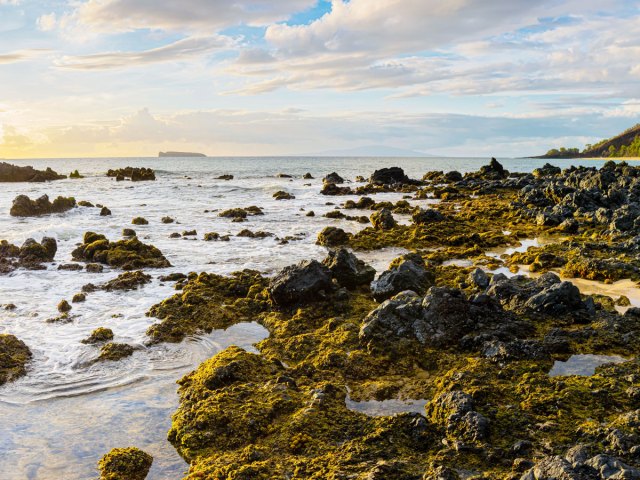
The Hawaiian islands are part of the Hawaiian Emperor seamount chain, an underwater volcanic mountain range that partly reaches above sea level. Consequently, all of the islands in the archipelago are of volcanic origin and have at least one primary volcano. Hawaii, also known as the Big Island because it’s the largest of the chain, consists of five major volcanoes: Kilauea, Mauna Loa, Mauna Kea, Hualalai, and Kohala.
Of the Big Island’s five volcanoes, Mauna Loa is the largest active volcano on the planet. Reaching 13,681 feet tall (30,000 feet if measured from the seabed), this massive shield volcano dominates Hawai’i Volcanoes National Park and occupies 51% of the island. It has erupted 34 times since 1843 — an average of once every five years. Also within the park is Kilauea, which is among the world’s most active volcanoes. Over the past 1,000 years, Kilauea has covered 90% of its surface in lava, and the volcano currently features a lava lake.
Kauai Has One of the Wettest Places on Earth
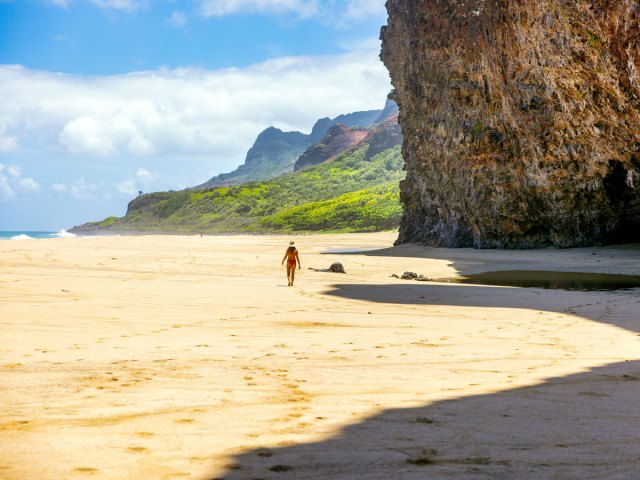
The northernmost of the eight major islands, Kauai — aka the Garden Island — is a verdant paradise where white sand beaches give way to lush rainforests and dramatic cliffs. At the heart of it all is 5,148-foot-tall Mount Waialeale. Perpetually shrouded in clouds and receiving an average of 450 inches of annual rainfall, it ranks as one of the wettest places on Earth. In 1982, a staggering 666 inches of rainfall was recorded on the mountain, which might explain why Hawaiians call it Waialeale (“Rippling Water”).
A knock-on effect of the rainfall is deep faulting and water erosion, which has helped to carve stunning geological features such as Waimea Canyon. Nicknamed “the Grand Canyon of the Pacific,” it stretches 14 miles long, a mile wide, and up to 3,600 feet deep. Also benefiting from the rainfall is the 20-mile-long Wailua River, one of Hawaii’s only navigable rivers, which flows from the foot of Waialeale and feeds Opaekaa Falls and Wailua Falls.
Lanai Once Produced 75% of the World’s Pineapples

Untouched and uncrowded, Lanai is the embodiment of Hawaii’s laidback island lifestyle. This island with a little over 3,000 permanent residents gained worldwide fame after Charles Gay, who partly owned the island, planted the first pineapples here in 1921. A year later, James Dole (of the Dole Food Company) bought the island and turned around 20,000 acres into the world’s largest pineapple plantation. By 1930, Lanai was a leader in pineapple production and responsible for about 75% of the world’s crop.
Although production ended in the 1990s, pineapple culture is still present today on the island. In July, the annual Pineapple Festival takes place at Lanai City’s Dole Park. It features live music and dance performances, handicrafts, and ono grinds (a Hawaiian phrase for “delicious food”). Visitors can learn more about life on Lanai and the island’s history at the Lanai Cultural and Heritage Center.
Maui Takes Its Name from a Polyenisan Demigod
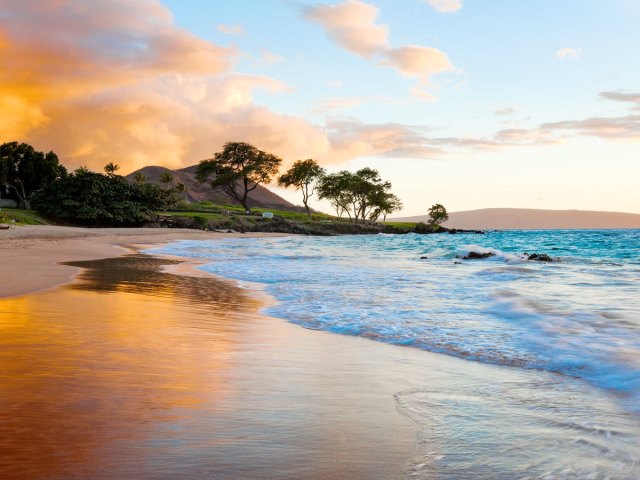
Maui, the second-largest island in the Hawaiian archipelago, attracts visitors with its surf beaches, whale watching, emerald green valleys, and the imposing Haleakala volcano. According to legend, the mythical fisherman Hawaiiloa named the island after his son, who in turn was named for the Polynesian demigod Maui. A mischievous shapeshifter, Maui is said to have created Hawaii by tricking his brothers into pulling up enormous fish from the ocean floor, which turned out to be the islands.
Another fable says that Maui climbed to the top of Haleakala to restrain the sun using a lasso made from his sister’s hair. His mission was to slow the sun’s movement and create more daylight hours for his mother to work. Visitors can walk in the footsteps of the hero while hiking in Haleakala National Park. Sunrises and sunsets here are among the most magnificent in the Aloha State.
Molokai Is Home to the World’s Tallest Sea Cliffs
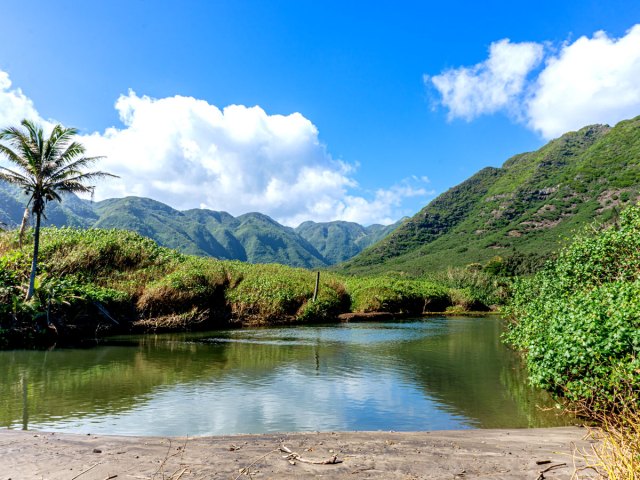
Occupying Molokai’s northern-central region is Kalaupapa National Historical Park, a jaw-dropping area of volcanic craters, lush valleys, and rainforests. Here, you’ll also find the Kalaupapa Cliffs, which are the world’s tallest sea cliffs, according to Guinness World Records. Formed over a million years ago, the cliffs reach dizzying heights of 3,900 feet above sea level.
Access to the park is restricted to protect the residents, who are the descendants of a former Hansen’s disease colony. In 1865, King Kamehameha V approved a law to send those suffering from the disease to Molokai to control its spread. Also on the Molokai’s northern coastline are the Haloku Sea Cliffs, which shelter some of the tallest waterfalls in the U.S.
Kahoolawe Is Off Limits to the Public
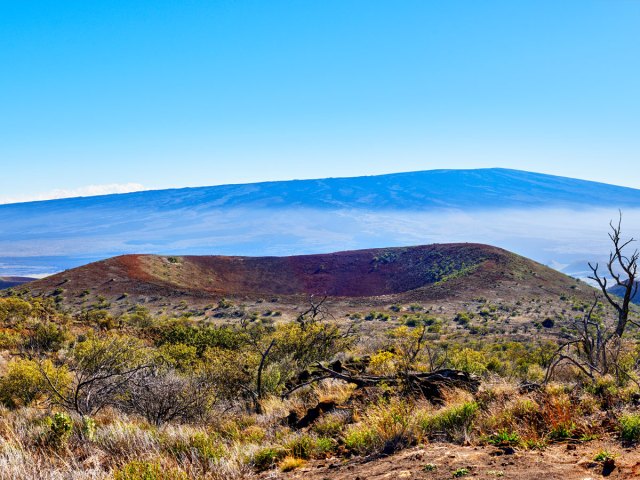
Roughly six miles off the southwest coast of Maui lies Kahoolawe — the smallest of the eight major Hawaiian islands, and one with an intriguing history. Settlers from the South Pacific first arrived on the island around 400 CE and dedicated it to Kanaloa, the ocean god. From 1832 to 1852, it was used as a penal colony by Hawaiian monarchs and later for the rearing of cattle, sheep, and goats. In response to the World War II attack on Pearl Harbor in 1941, Kahoolawe was used as a bombing range for the U.S. Navy.
Today, Kahoolawe Island Reserve Commission manages the entire island. The organization is responsible for Kahoolawe’s restoration, sustainable management, and care of around 3,000 archeological sites. Tourism access is prohibited to both the reserve and its coastline because of the presence of unexploded ordnance. That said, curious visitors can sign up for volunteer programs and take part in cultural and restoration projects on the island.
Oahu Is Home to the Only Royal Residence in the U.S.
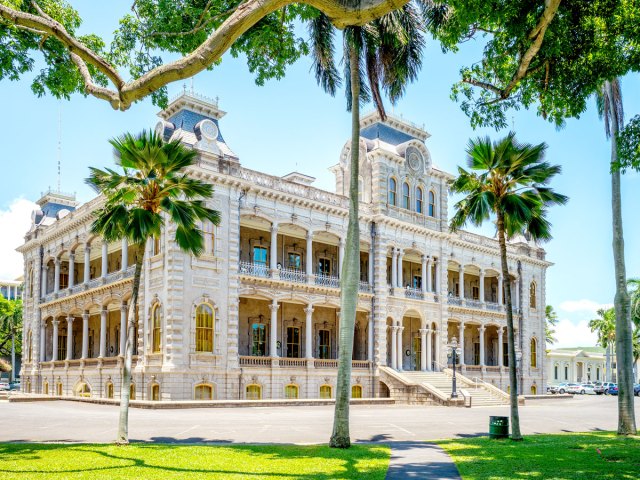
The third-largest (and most-visited) Hawaiian island, Oahu is where surf culture and ancient Hawaiian traditions blend with vibrant city life in the state capital, Honolulu. It’s also the location of Iolani Palace, which is the only royal palace on U.S. soil. From 1795 to 1893, the Hawaiian Kingdom was ruled by three dynasties. It began when King Kamehameha I united the islands and ended when Queen Liliuokalani, who was the only female monarch, was overthrown by colonists seeking annexation to the United States.
But in 1879, the royal family had started building a new residence for King Kalakaua and his sister, Queen Liliuokalani. They choose the site of the former home of King Kamehameha III. It took three years to complete the American Florentine-style masterpiece, which featured cutting-edge amenities for the time, such as electric lighting, plumbing, and a telephone. Following the abolition of the monarchy, Iolani Palace was used as a state capitol. It has operated as a museum since 1978 and is open for guided tours of the stately rooms and exquisite art collections.
More from our network
Daily Passport is part of Inbox Studio, which publishes content that uplifts, informs, and inspires.






